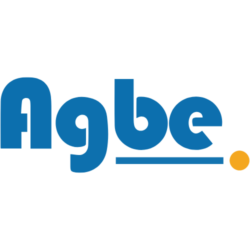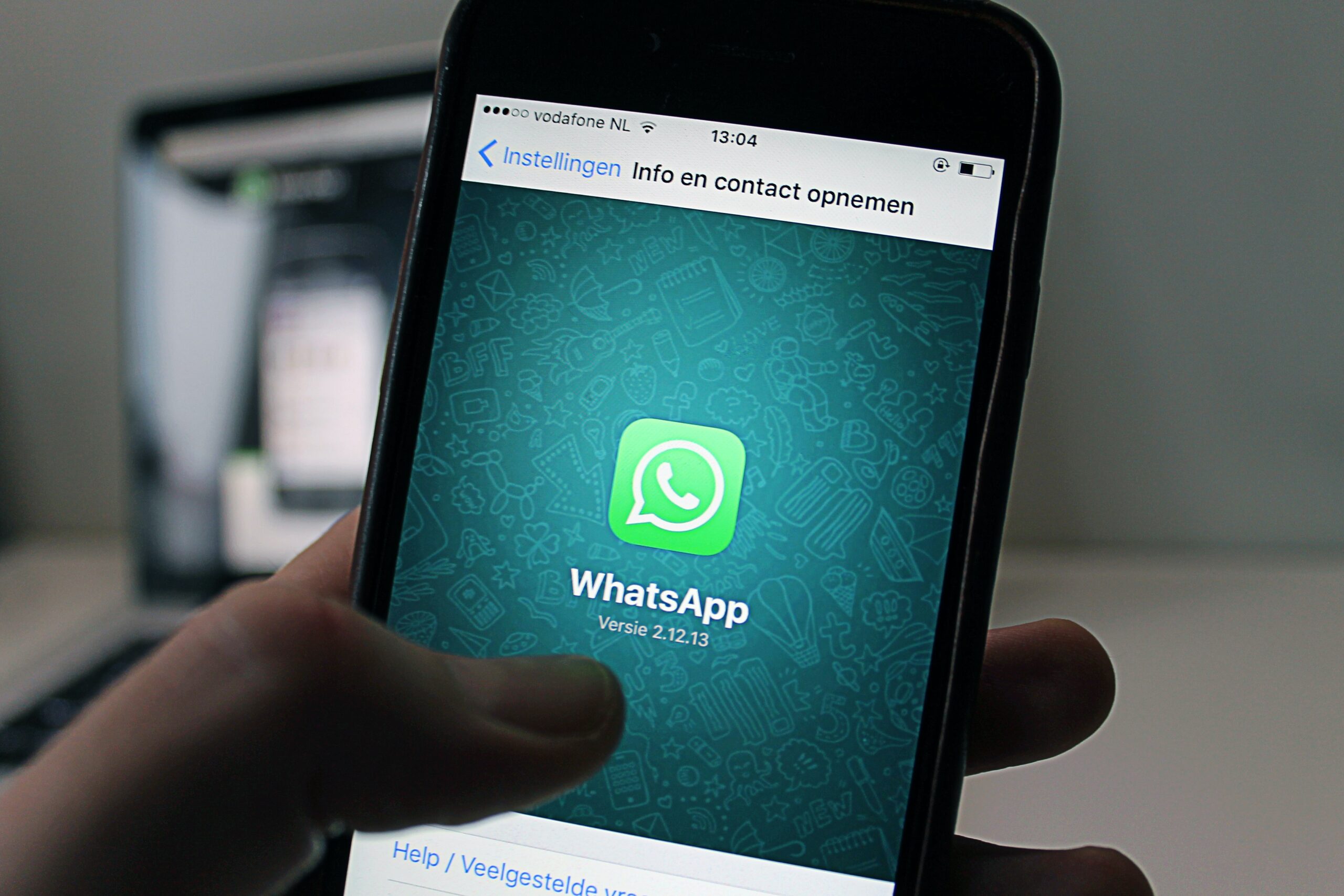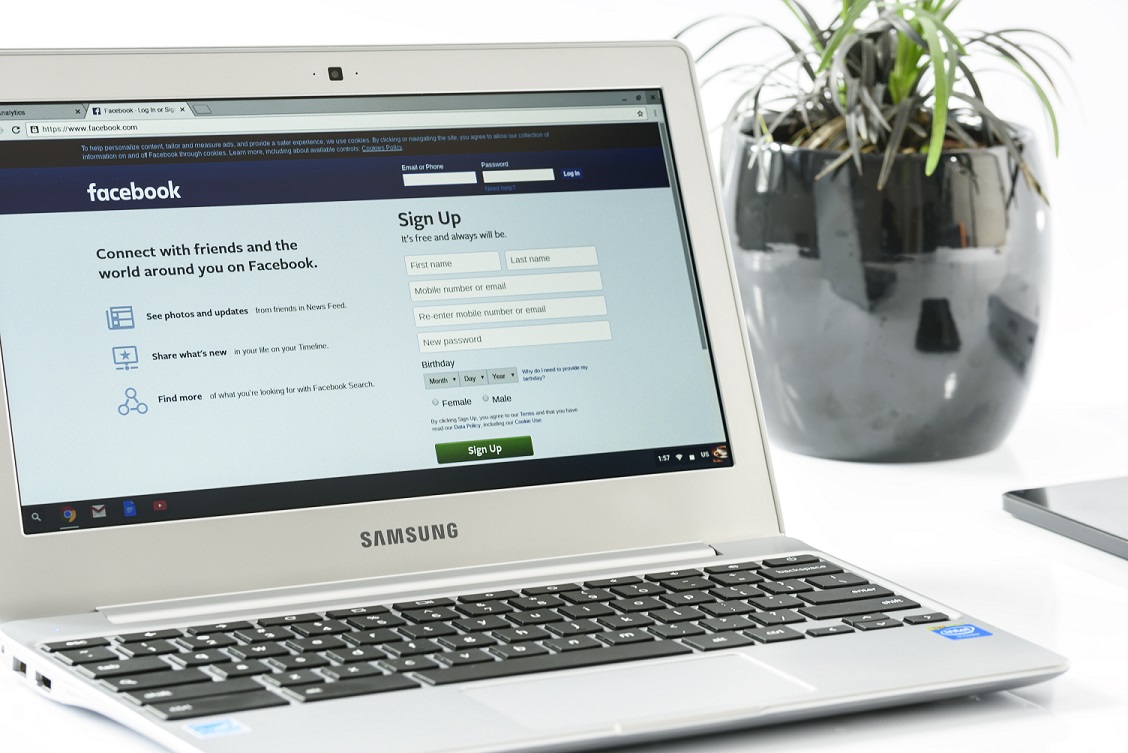What Is Mobile Deep Linking?
Mobile deep linking (also called mobile app deep linking), is the process of using a URI to link to specific pages or locations within a mobile application. It can be used in a variety of ways – via notifications, email, SMS, social media, etc. – and directs users to relevant content, as opposed to your app’s home screen.
There are a few types of mobile deep linking:
Standard deep linking – Directs users to a specific part of your app using your app URI. The shortcoming with these is that they will only work if the user has the app installed on their device. Otherwise, they will show the user an error page.
Deferred deep linking – Deferred deep links will direct users to the specific content if the app is installed, and direct users to the app store listing if the app is not installed.
Contextual deep linking – These can serve the functions of the above two types of deep linking, but also allow for more precise tracking and better relevancy to users. It is more useful for both developers and users, as these links pass data to an app through install and allow not just better attribution but also personalized onboarding.
Why Mobile Deep Linking Matters

Will Lindemann of TechCrunch notes that originally, adoption of deep linking was slow because the benefits were unclear; standard deep linking only worked if a user had the app installed, so it wasn’t high priority on product roadmaps.
With deferred and more recently contextual deep linking, this attitude has changed. Companies now realize the value of mobile deep linking for user experience, driving engagement, improving the user onboarding process, promoting their apps and better tracking marketing campaigns.
Mobile App Deep Linking Enhances The User Experience
Users are able to more easily access content via deep links, with essentially no navigation. They also serve to help direct users to specific screens to your app instead of the home screen; thus, if you are linking to something in your app from social media, a mobile website, etc., users are able to navigate seamlessly to that content.
Deep Linking Improves User Retention, Engagement, Usage
Deep linking has been shown to improve valuable usage metrics. Users who were deep linked showed double the activation rate, double the retention rate, and visited the app twice as frequently versus users who hadn’t been deep linked.
Mobile Deep Linking Improves User Onboarding
Through deep linking, you can personalize the onboarding experience. With contextual deep links, for example, you can provide personalized app invites or include incentives or offers in the user onboarding flow.
Deep Linking Can Help Re-engage Users
When a user has your app but has been inactive for a period of time, you can use deep linking to direct them to specific content to encourage use, rather than the generic home screen. For example, you may re-engage a user by sending them a push notification that links to an exclusive deal, a new feature, or something else that will incentivize them to engage with the app again.
Mobile Deep Linking Can Strengthen Your Marketing
Depending on your monetization strategy, deep linking can help to drive revenue and increase sales. For example, a retailer could use a push campaign offering a 20% off deal to target users, with the deep link directing to a place where they can buy immediately from that app screen.
Mobile Deep Linking Can Improve App Discoverability
Google indexes mobile app deep links, meaning that app content can show up in search engine results pages as a website would. This increases the chances of new users finding your app through search.
Deep Linking Can Give You Insight Into Campaign Effectiveness
Since deep links can pass data, you can more accurately see which campaigns and sources are most successful in driving users to your application or driving downloads. Is it via deep linked ads? SMS or email? Social media? Referrals? You can attribute all sources using deep linking.
Deep Linking Best Practice
Since deep linking directs users to specific content, it puts users on a different path than the ideal user flow. This means that you need to carefully plan how they will be used and how they will present information to the user.
Deep linking must consider the information hierarchy, architecture, and logic of the app. There may be intermediate steps that are required for features and functionalities to work, for example. In these cases, deep linking would send users to a screen where they wouldn’t be able to perform the actions.
To make the experience as seamless as possible, you want to ensure that deep links take users directly to the content without any logins required or interstitial pages displaying. If you fail to plan how deep linking structure will work in relation to the architecture and logic of your app, it will result in a poor user experience.
While developer adoption of mobile app deep linking was initially slow, it’s becoming an essential component of good products. The potential to enhance the user experience, improve app discoverability, increase downloads and retention, and even drive revenue make mobile deep linking valuable from both a developer and user standpoint.



